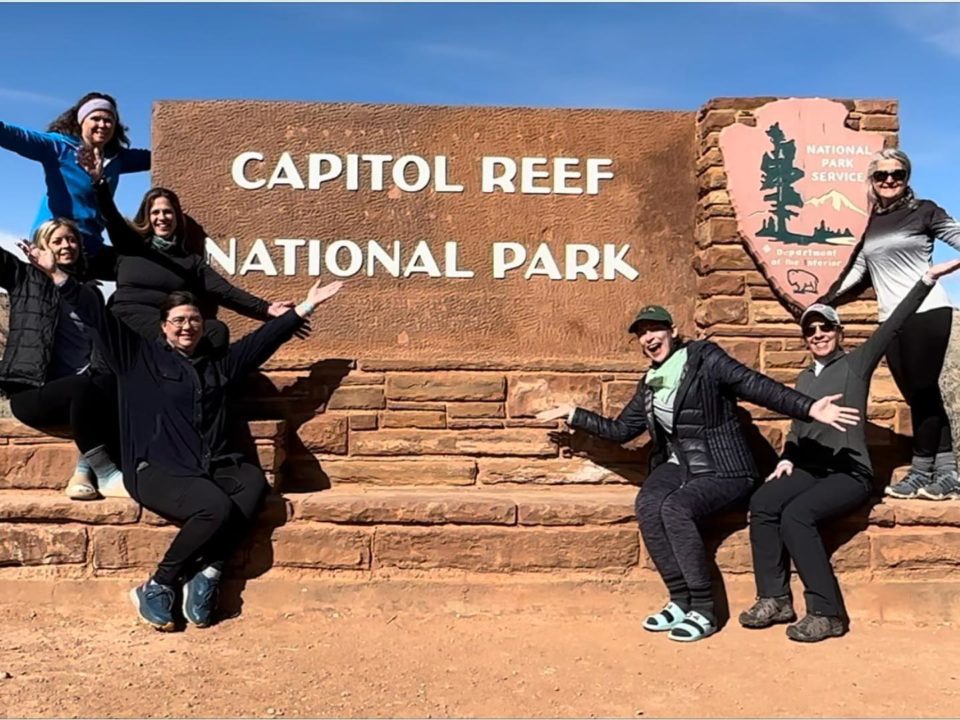Located in the heart of southern Utah, Capitol Reef National Park is a hidden gem that offers breathtaking landscapes, rich history, and a wide range of outdoor activities for adventure seekers and nature enthusiasts alike. Whether you’re a hiker, a photographer, a geology buff, or simply someone who appreciates the beauty of the great outdoors, Capitol Reef National Park has something to offer for everyone. In this travel article, we’ll take an in-depth look at everything you need to know about Capitol Reef National Park to make the most of your visit.
Exploring Capitol Reef National Park: Everything You Need to Know for an Unforgettable Adventure
How to get Capitol Reef National Park
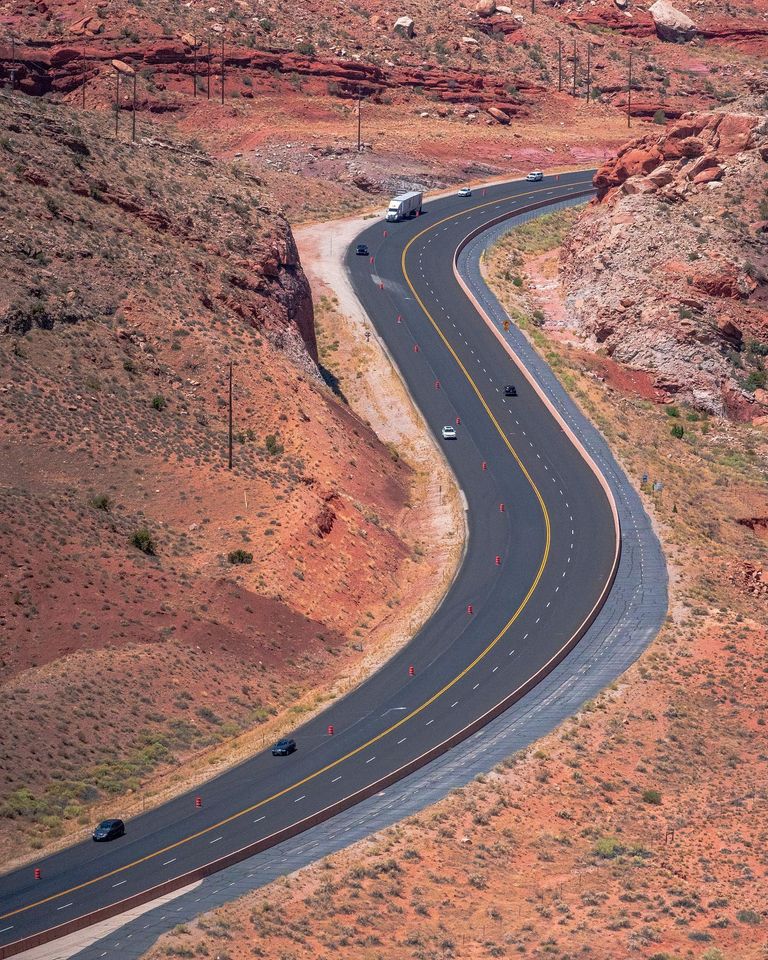
Capitol Reef National Park is located in south-central Utah, approximately 230 miles south of Salt Lake City and 135 miles east of St. George. The closest major airport is Salt Lake City International Airport, which is served by numerous domestic and international airlines. From Salt Lake City, you can rent a car and drive to the park, or you can take a shuttle or a guided tour offered by various tour operators.
The best time to visit Capitol Reef National Park
The best time to visit Capitol Reef National Park is during the spring (April to May) and fall (September to October) when the weather is mild and the park’s landscapes are at their most stunning. During these seasons, temperatures are generally pleasant, ranging from the 50s to 80s Fahrenheit (10-27 degrees Celsius), making it ideal for outdoor activities such as hiking and camping. The summer months (June to August) can be hot, with temperatures often exceeding 100 degrees Fahrenheit (37 degrees Celsius), and the park can get crowded. The winter months (November to March) can be cold and snowy, with some trails and roads closed due to weather conditions. However, if you’re a fan of winter sports like snowshoeing and cross-country skiing, Capitol Reef National Park can still be a magical winter wonderland.
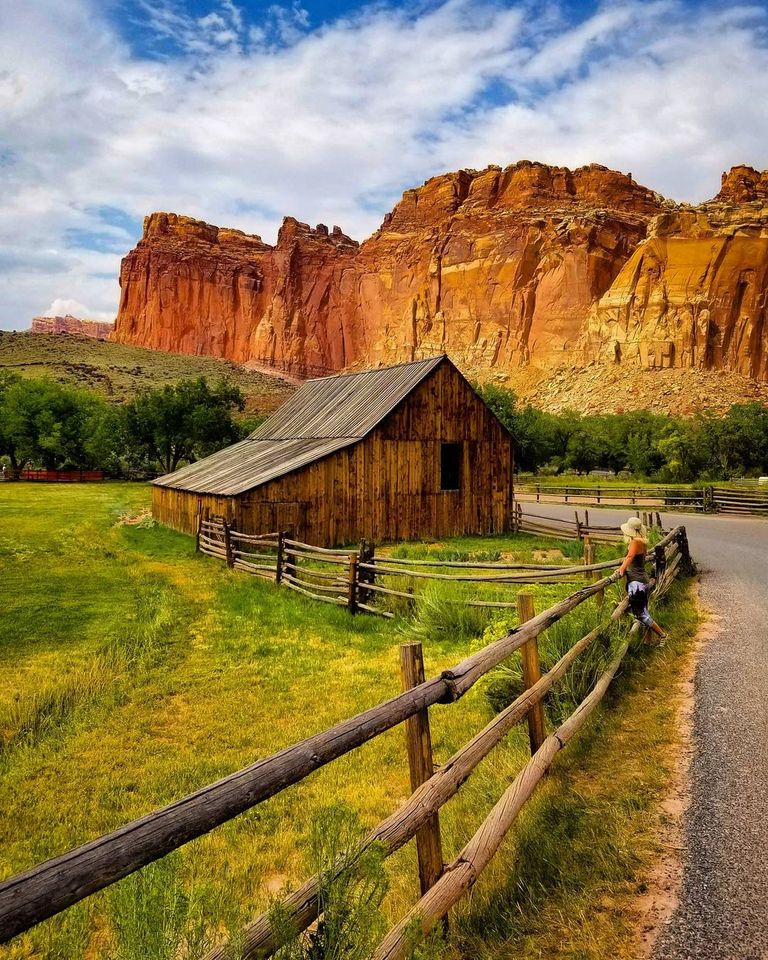
Where to Stay near Capitol Reef National Park
Capitol Reef National Park offers several options for accommodation, ranging from camping to lodging. There are two campgrounds within the park: Fruita Campground and Cedar Mesa Campground. Fruita Campground is the more popular option, with 71 campsites that can accommodate both tents and RVs, and it offers amenities such as restrooms, picnic tables, and grills. Cedar Mesa Campground, on the other hand, is a primitive campground with limited facilities, and it is only accessible by high-clearance vehicles. Both campgrounds are operated on a first-come, first-served basis, so it’s recommended to arrive early, especially during the peak season.
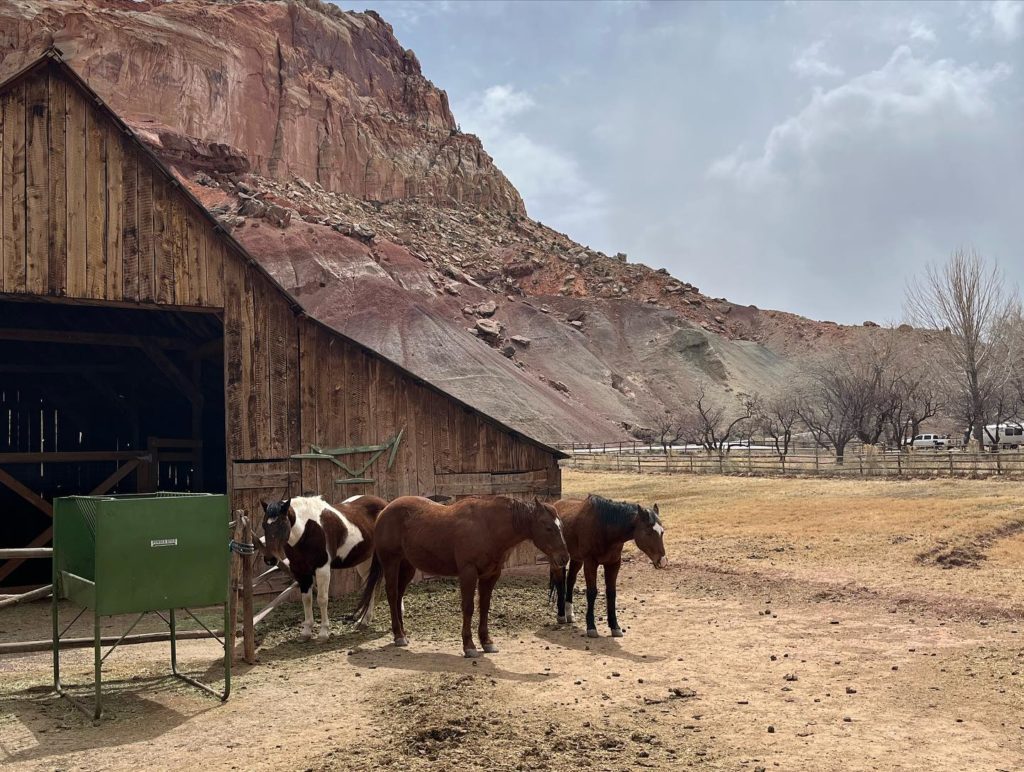
If camping is not your cup of tea, there are also several options for lodging just outside the park. The nearby town of Torrey offers a variety of hotels, motels, cabins, and vacation rentals to suit different budgets and preferences. These accommodations provide easy access to the park while offering modern amenities and comfort.
Things to See and Do in Capitol Reef National Park
Capitol Reef National Park is known for its unique and stunning rock formations, including towering cliffs, deep canyons, and colorful sandstone domes. Here are some of the must-see sights and activities in the park:
- Scenic Drives: Capitol Reef National Park boasts two scenic drives that offer breathtaking views of the park’s diverse landscapes. The Capitol Reef Scenic Drive is a paved, 7.9-mile (12.7 km) road that winds through the heart of the park, passing by the park’s most iconic features, including the Capitol Dome, the Chimney Rock, and the Goosenecks Overlook. The Cathedral Valley Loop is a remote, unpaved, 59-mile (95 km) loop that takes you to the park’s more isolated areas, such as the Cathedral Valley, the Temple of the Sun, and the Temple of the Moon. Both scenic drives offer incredible photo opportunities and allow you to experience the park’s natural wonders from the comfort of your vehicle.
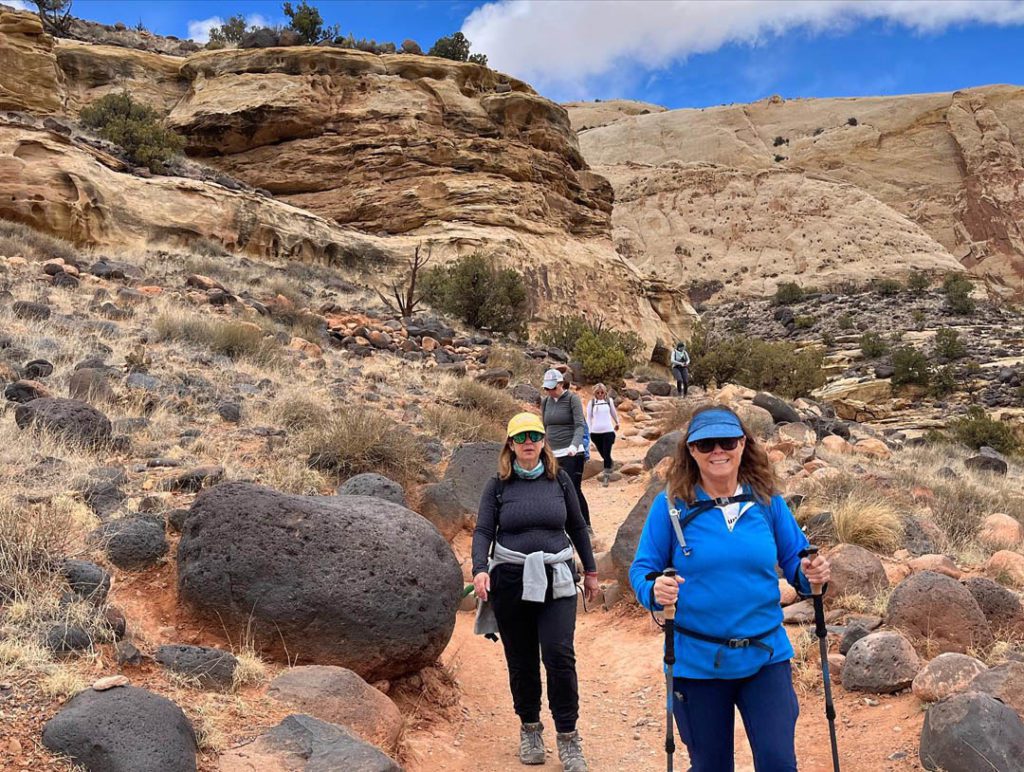
- Hiking: Capitol Reef National Park offers a variety of hiking trails that cater to different skill levels and interests. One of the most popular hikes is the Capitol Gorge Trail, which takes you through a narrow canyon with towering cliffs on both sides and leads to the Pioneer Register, a collection of historic inscriptions left by early travelers. The Hickman Bridge Trail is another must-do hike, which leads to a natural bridge made of sandstone and offers panoramic views of the surrounding canyon. For more challenging hikes, you can tackle the Cassidy Arch Trail or the Navajo Knobs Trail, which offer stunning vistas and require more strenuous efforts. Check out Primitive Loop Trail in Arches National Park – The best trail in Moab Utah
- Fruit Orchards: One of the unique features of Capitol Reef National Park is its historic fruit orchards. The park is home to over 3,100 fruit trees, including apple, cherry, peach, and apricot trees, which were planted by the early Mormon settlers in the late 1800s. Visitors can pick and eat the fruits during the harvest season (usually from mid-July to October), or purchase freshly harvested fruits and homemade pies from the Gifford Homestead, a historic farmhouse turned visitor center.
- Petroglyphs and Fruita Schoolhouse: Capitol Reef National Park has a rich cultural history, and you can explore this through the park’s petroglyphs and historic sites. The Petroglyph Panel, located along the Capitol Gorge Trail, features ancient rock art created by the Native Americans who once inhabited the region. The Fruita Schoolhouse, a one-room schoolhouse built in 1896, offers a glimpse into the early pioneer life in the area and serves as a museum showcasing the park’s cultural heritage.
- Stargazing: With its remote location and minimal light pollution, Capitol Reef National Park offers excellent opportunities for stargazing. On clear nights, the park’s dark skies come alive with a breathtaking display of stars, planets, and constellations. The park occasionally hosts stargazing programs and ranger-led astronomy talks, providing a unique and educational experience for visitors.
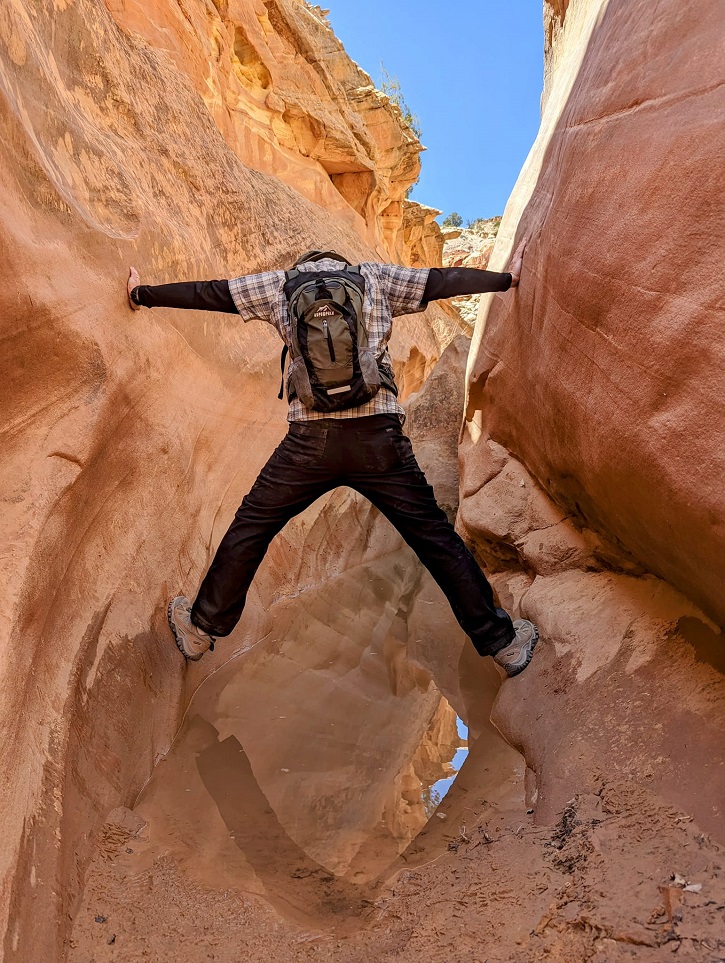
- Camping: Camping is a popular activity in Capitol Reef National Park, and there are plenty of campsites to choose from. Fruita Campground is the main campground within the park and offers a serene setting among the orchards, with amenities such as restrooms, picnic tables, and fire rings. Cedar Mesa Campground is a more primitive option, accessible by high-clearance vehicles, and offers a more secluded camping experience. Both campgrounds offer a unique opportunity to immerse yourself in the park’s natural beauty and enjoy the tranquility of the night skies.
- Scenic Overlooks: Capitol Reef National Park is dotted with several scenic overlooks that offer panoramic views of the park’s stunning landscapes. The Goosenecks Overlook provides a bird’s-eye view of the winding Capitol Gorge and the unique rock formations that resemble the neck of a goose. The Panorama Point Overlook offers sweeping views of the park’s cliffs and canyons, and the Sunset Point Overlook provides a perfect vantage point to watch the sunset paint the park’s sandstone cliffs in vibrant colors.
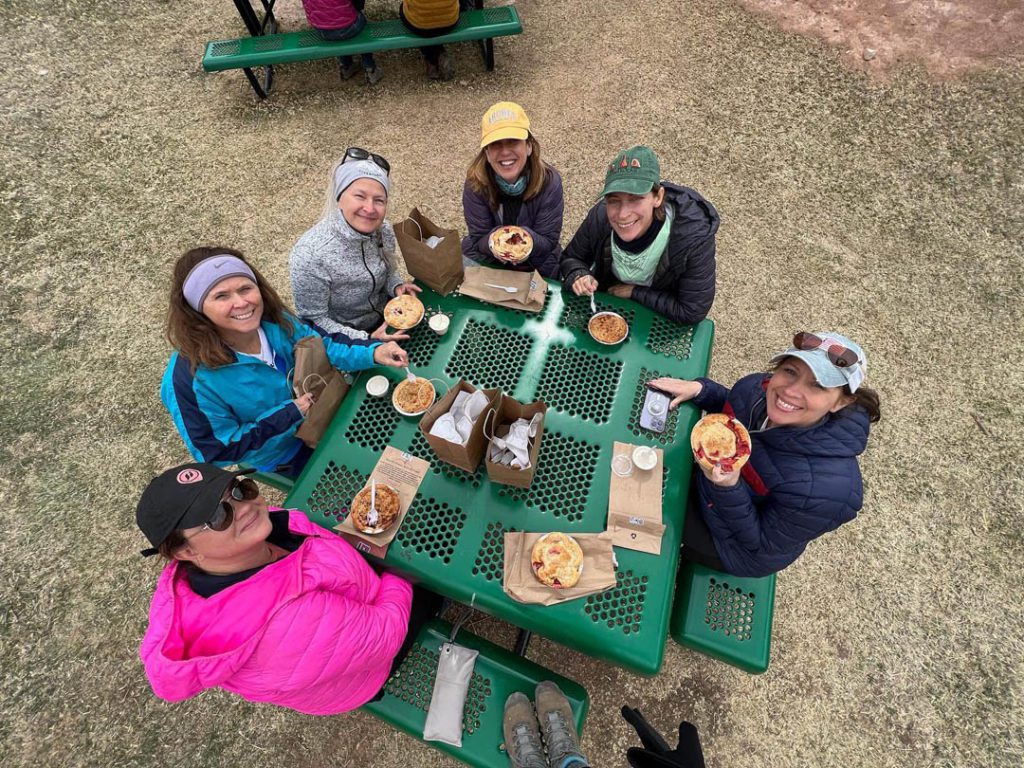
Tips for Visiting
-
- Stay hydrated: Capitol Reef National Park is located in a high desert region, and the dry climate can quickly dehydrate you. Be sure to drink plenty of water, especially during the hot summer months, and bring a water bottle with you on hikes.
- Check weather conditions: Weather in Capitol Reef National Park can be variable, with temperature extremes and sudden weather changes. Check the weather forecast before your visit and pack accordingly, including sun protectionsuch as sunscreen, hats, and sunglasses for the hot and sunny days, as well as warm layers for cooler evenings.
- Be prepared for rugged terrain: Many of the trails in Capitol Reef National Park involve hiking on rocky and uneven terrain. Wear sturdy hiking shoes or boots, and be prepared for some scrambling or climbing on certain trails. It’s also a good idea to bring a trail map, plenty of snacks, and a first aid kit with you.
- Respect the park’s natural and cultural heritage: Capitol Reef National Park is home to unique geological formations and historic sites that are protected by law. Always stay on designated trails, avoid touching or disturbing any cultural or natural features, and follow Leave No Trace principles. It’s also important to respect any closures or restrictions that may be in place to protect the park’s resources.
- Check for seasonal closures: Some parts of Capitol Reef National Park may be closed or inaccessible during certain seasons, especially during the winter months. Before your visit, check the park’s website or contact the visitor center for up-to-date information on road closures, trail conditions, and other park alerts.
- Plan for limited services: Capitol Reef National Park is a remote park with limited services. There is no gas station or grocery store within the park, so make sure to fill up your gas tank and stock up on supplies before entering the park. The park’s visitor center offers limited amenities, including restrooms, water, and a small gift shop, but it’s a good idea to bring your own food, snacks, and other essentials.
- Respect wildlife: Capitol Reef National Park is home to a variety of wildlife, including deer, bighorn sheep, and reptiles. Observe wildlife from a safe distance, and never feed or approach them. Be sure to properly store your food and trash to prevent attracting wildlife to campgrounds or picnic areas.
- Check for ranger-led programs: Capitol Reef National Park offers ranger-led programs, including guided hikes, talks, and stargazing programs. These programs provide a unique and educational experience, so check the park’s schedule and participate in these activities to learn more about the park’s natural and cultural heritage.
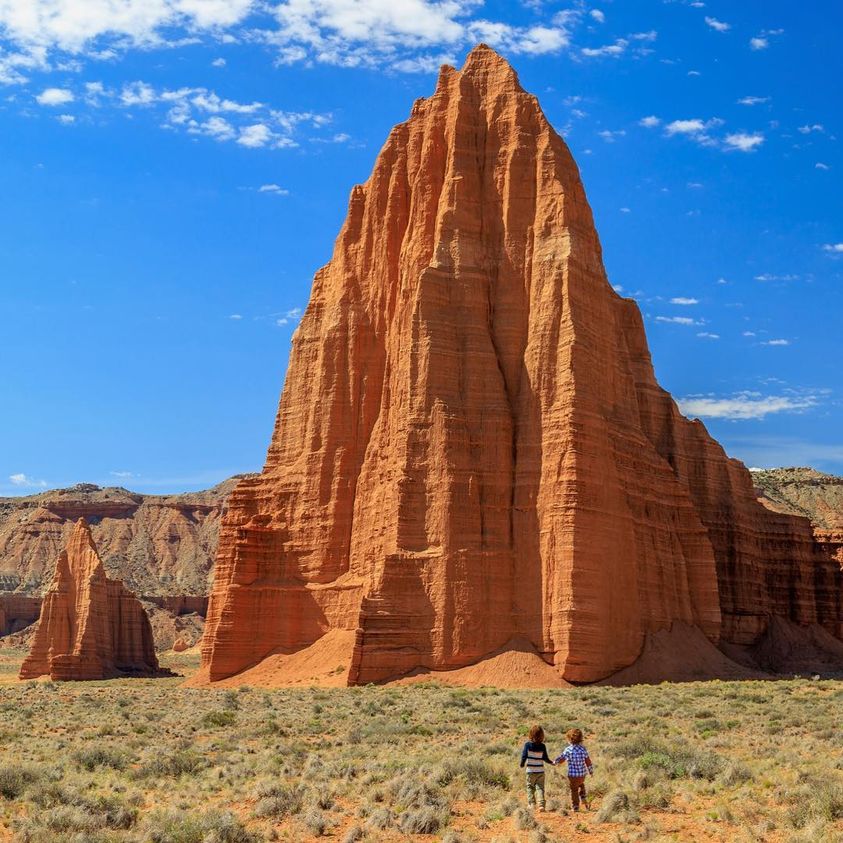 Capitol Reef National Park is a hidden gem in the Utah desert, offering stunning landscapes, unique geological formations, and a rich cultural history. Whether you’re an avid hiker, a history enthusiast, or simply looking to immerse yourself in the beauty of nature, Capitol Reef National Park has something to offer. With its diverse range of activities, unique features, and rugged terrain, this park is truly a destination worth exploring. So pack your bags, hit the road, and get ready for an unforgettable adventure in Capitol Reef National Park!
Capitol Reef National Park is a hidden gem in the Utah desert, offering stunning landscapes, unique geological formations, and a rich cultural history. Whether you’re an avid hiker, a history enthusiast, or simply looking to immerse yourself in the beauty of nature, Capitol Reef National Park has something to offer. With its diverse range of activities, unique features, and rugged terrain, this park is truly a destination worth exploring. So pack your bags, hit the road, and get ready for an unforgettable adventure in Capitol Reef National Park!

